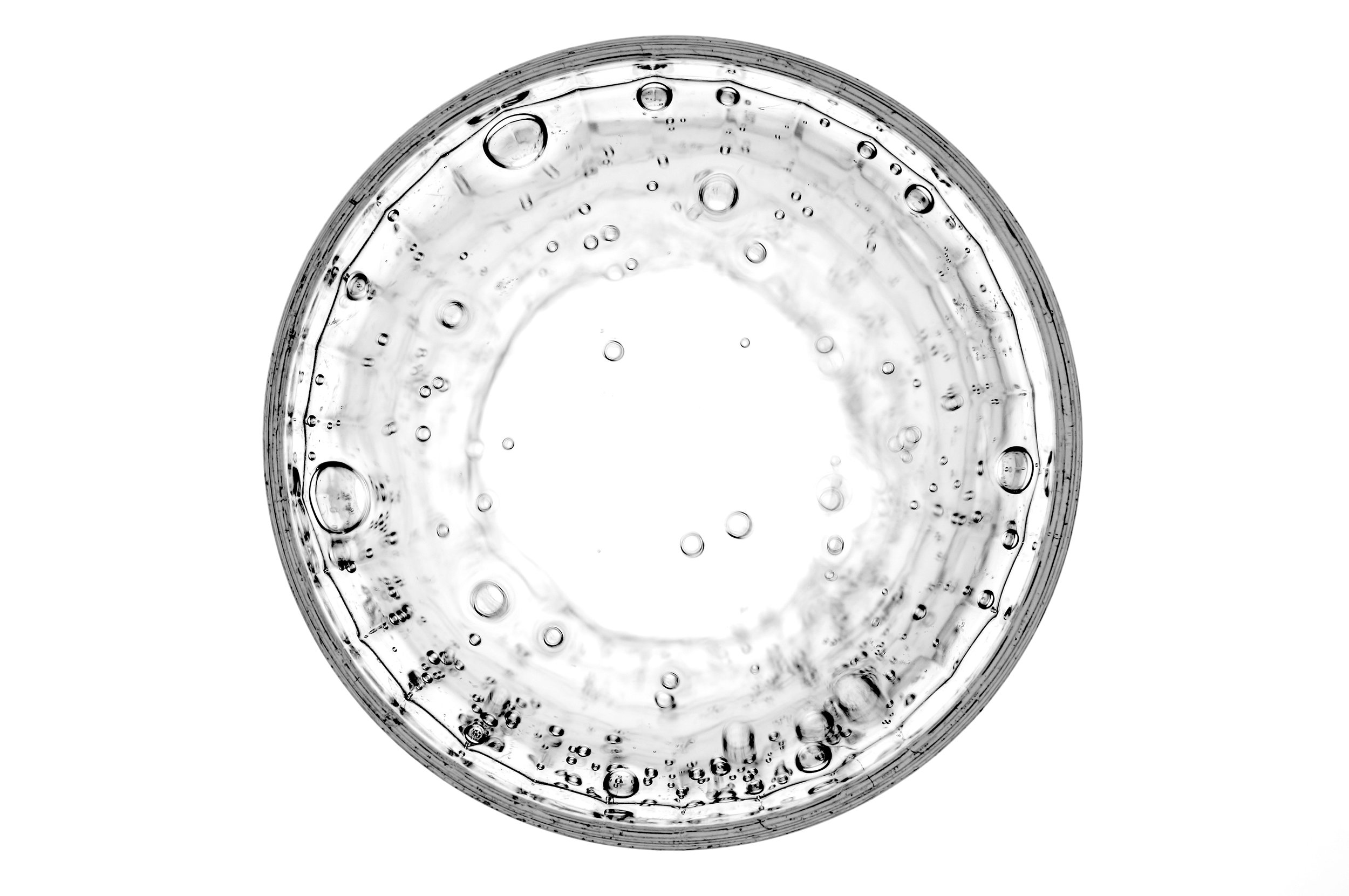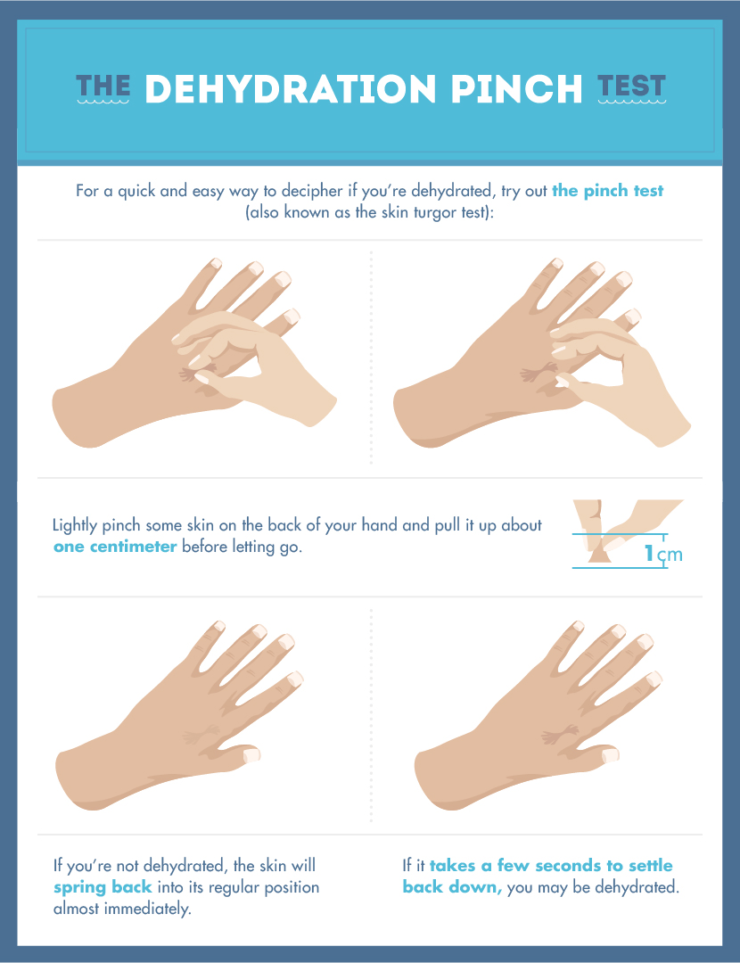It’s Women’s Health Week and studies show that while women today are leading healthier lives physically, there are still quite a few missing pieces to the overall picture of health and well-being. This week is all about reminding and encouraging women to: listen to their bodies; put their own needs first for a change; be kinder, gentler and more compassionate with themselves; and to share knowledge to help make better informed decisions about overall health and well-being.
Over 6 days, I’m sharing scientifically proven biohacking tips on taking charge of your overall health and wellness. Men, stay with me. You’re up in June — and you’ve got ladies in your life that can use your support.
BIOHACKING
Biohacking is the process of making changes to your lifestyle in order to “hack” your body’s biology and feel your absolute best. As humans, we are made up of very complex systems. Everything we put into our bodies — our foods, our thoughts, our physical movement — are inputs to our biology and have an enormous impact on our outputs — how we behave, feel, function, and perform on a daily basis.
If the goal is better outputs such as increased energy, clearer thinking, better moods, happier relationships, reduction in illness, optimum performance, and so on, then we need to adjust our inputs.
DAY 2 // Biohacking with Food
Women are biochemically different than men so it’s important to adopt different approaches that are designed to work for each of our unique differences. And although proper dietary intake can help maintain hormonal balance, reduce symptoms of PMS, improve energy, mood, and fertility, it’s too often overlooked. Below are a few tips on biohacking your system with food.
WATCH YOUR ENERGY BALANCE:
Low calorie intake and high energy output is not the end-all-be-all equation for fat loss, weight management, or body composition changes. While this method can work for some, it’s not sustainable, it’s not universally applicable, and can be detrimental in certain situations.
Calorie restriction has been linked to thyroid imbalances, a sluggish metabolism, sleep issues, fatigue, brain fog, lackluster hair, skin and nails, and an increase in cortisol (which aside from the hair, skin and nails symptom) are all factors in weight gain.
Stop restricting and start eating balanced meals every 3-4 hours to manage blood sugar levels, avoid cortisol spikes and mood swings, and help regulate metabolism
SUPPORT WITH FOOD:
Balance your hormones, maintain a healthy weight and keep your body working FOR you with the following tips.
Choose organic as often as possible and always wash your food (see Day 1 about EDC’s)
Choose fresh and frozen (but not processed) food as often as possible and limit the amount of processed foods, which contains preservatives, dyes, and added oils and salt (again, Day 1).
Make sure to incorporate healthy fats in your meals such as avocado, walnuts, and salmon
Eat more plants. Always.
Cycle Syncing:
Once you understand how your hormones shift throughout your cycle and what phase you’re in, you can begin to maximize (and appreciate) your hormonal superpowers (again, see Day 1) and gain better control of your overall health through the foods you eat.
Menstrual Phase — During this phase, progesterone drops and estrogen rises and then falls. It’s best to focus on blood-building foods that restore and re-mineralize the body while avoiding high fat and heavily salted foods, limiting your caffeine intake, reducing or eliminating alcohol and sugars, and drinking soothing teas if you experience cramping.
Specifically: kale, mushrooms, beets, adzuki beans, kidney beans, watermelon, warm soups or bone broth (rich in collagen to help with rebuilding), sea vegetables, flaxseed
Follicular Phase — the body is preparing for ovulation, hormones are at their lowest point (as well as your energy), and FSH (follicle-stimulating hormone) rises to tell the ovaries to prepare to release an egg and increase estrogen. Support healthy gut balance and help metabolize estrogen with probiotic-rich foods and boost energy with iron-rich foods and vitamin B-12.
Specifically: sprouted and fermented foods like broccoli sprouts, kimchi, pickled veggies, sauerkraut, grass-fed beef, wild fish, pasture-raised eggs, organic chicken, and dark leafy greens.
Ovulation Phase — estrogen is at an all-time high, testosterone surges, FSH continues to rise, LH (luteinizing stimulating hormone) increases, an egg is released and you’ve got yourself an increase in libido and sexual energy (praise the lord). Since estrogen has an appetite-suppressing effect, you’ll feel less hungry yet still have lots of energy. As a result, focus on protein and fat for energy and incorporate foods that are high in fiber and antioxidants to support the detoxification of the increased in hormone levels.
Specifically: brussels sprouts, berries, coconut, almonds, seeds, dark leafy greens, and asparagus and choose lighter carbohydrates like quinoa and lentils.
Luteal Phase — hello rollercoaster. the phase before your period includes a wave up and down of estrogen and progesterone and a time when many women experience more symptoms (aka PMS filled with bloating, mood swings, forgetfulness, and irritability), an increase in appetite and a craving for more comfort foods. Support this phase first and foremost with making sure you are eating enough calories to prevent dramatic shifts in mood and eat at regular 3-4 hour intervals throughout the day. Opt for foods that are rich in B-vitamins, calcium, magnesium, and fiber help reduce sugar cravings, fight fatigue, and promote elimination to flush hormones. Additionally, attempt to avoid foods that may trigger discomfort, cramps, or mood swings like caffeine, sugar, and alcohol for a more balanced mood.
Specifically: sweet potatoes, squash, dark chocolate, spinach, and pumpkin seeds; produce serotonin, like leafy greens and quinoa
Adaptogens for Women’s Support:
Below are two adaptogens I personally swear by throughout the month…
Maca — an indigenous Andean nutritional powerhouse shown to boost energy and mood, enhance sex drive, support a healthy libido, aid the body in natural liver detoxification, stimulate the adrenal glands to balance hormone levels, support a balanced transition through menopause, help with fertility, and studies have shown it may help with hormonal issues, including PMS, menopause, and hot flashes, as well as psychological and sexual symptoms during post-menopause. Add in to your morning smoothies, or simply mix with water and drink before you head out for the day.
Chaste berry - a member of the mint family with health benefits mostly related to reproduction and menstrual health. This herb stimulates the pituitary gland to create more luteinizing hormone (LH) which triggers the ovaries to increase their production of progesterone. Balancing the ratio of progesterone and estrogen has shows to: alleviate PMS symptoms such as bloating, depression, and irritability; decrease breast discomfort, cramping, and painful periods; regulate periods for those with an irregular cycle after long-term hormonal birth control use; ease endometriosis symptoms. This herb requires consistency to feel the benefits.
STAY WITH ME OVER THE COURSE OF THIS WEEK FOR MORE TIPS ON BIOHACKING YOUR HEALTH AND EMPOWERING THE AMAZING WOMEN AROUND YOU TO DO THE SAME.
LET ME KNOW…
Have you tried biohacking with the foods/nutrients you put in your body? What other adjustments have you made to your lifestyle to support your overall health and wellness? Share your favorite tips in the comments below — others in the community might benefit from your recommendations!
Come connect with me on Instagram @running_with_forks
Do you have any questions not answered in this post? Comment below or send me a note so I can continue to add information to answer your questions.











